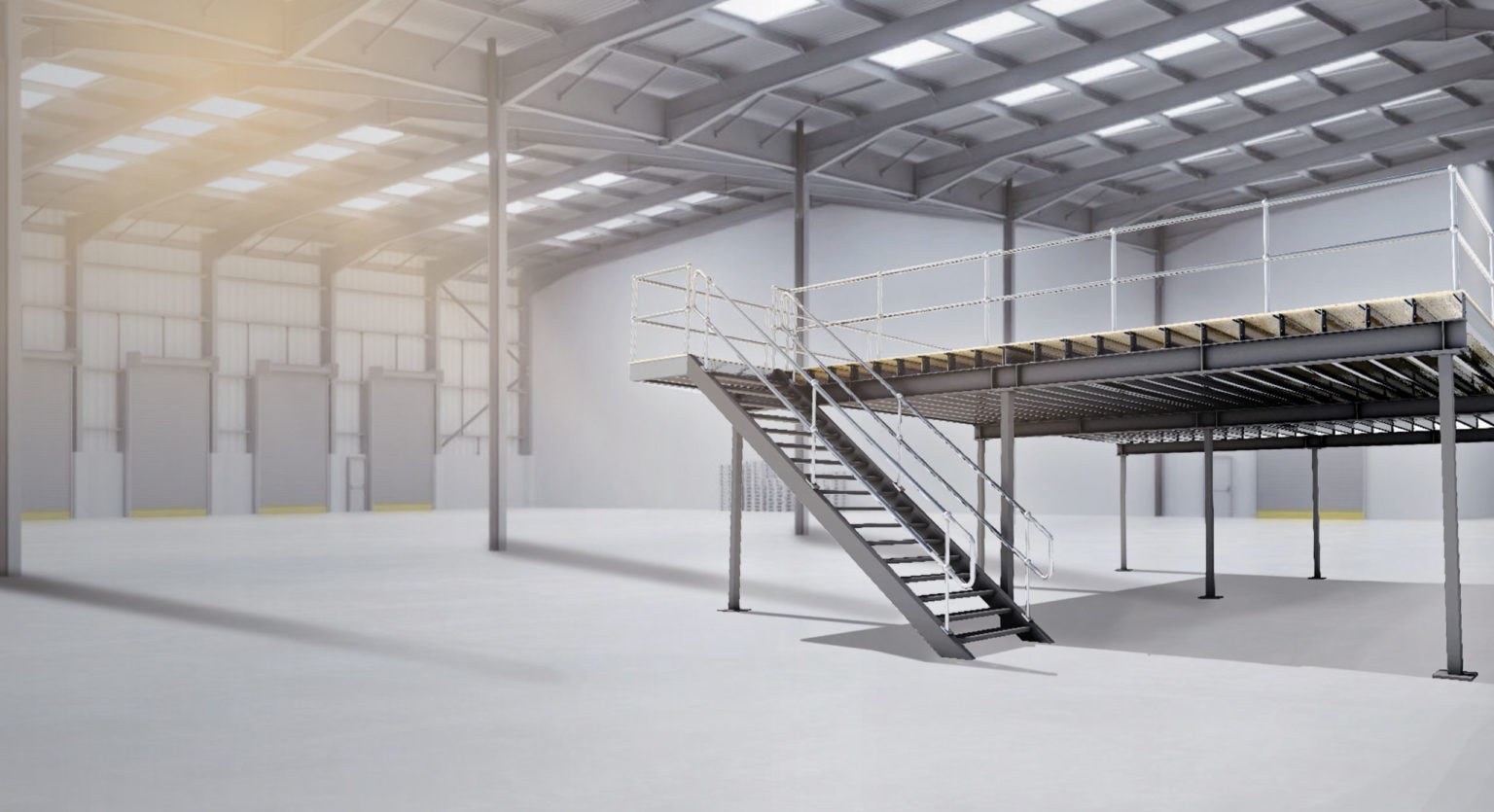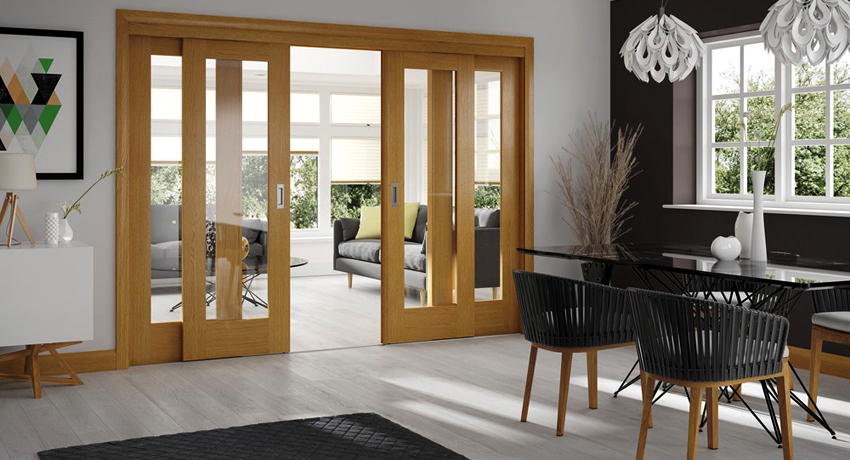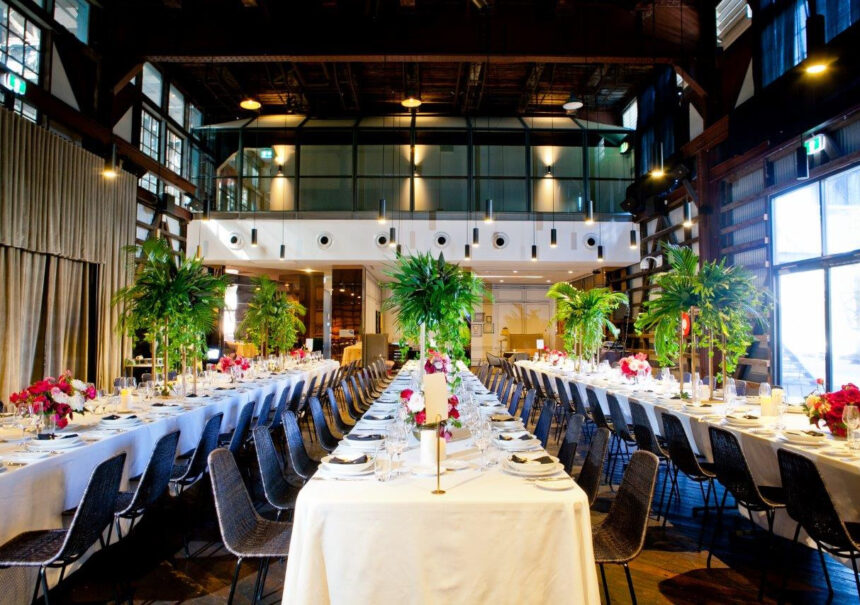Mezzanine floors are a great way to increase the floor space of a building or space without vastly increasing the cost. However, mezzanine floors can be a challenge to design and plan for, so it’s important to have a basic understanding of what these floors are and what the key factors are that influence their success.
In this blog post, we’ll discuss the purpose of mezzanine floors, the importance of heat and insulation, the design considerations, and the safety and regulatory issues that you should be aware of.
By understanding these basics, you’ll be able to successfully plan and design mezzanine floors that meet your specific needs!
Purpose Of Mezzanine Floor
Mezzanine floors can be used for a variety of purposes – from office extensions to garage extensions. As you can imagine, the possibilities are endless. To get the most out of your mezzanine floor, it’s important to consult a professional contractor to upgrade your mezzanine office.
They can help you plan and install the floor the right way, taking into account the type of mezzanine floor you’re looking for and the needs of your space. Make sure to select the right mezzanine floor type for your space – not all floors are created equal.
Don’t forget to enjoy the extra space your mezzanine floor provides – it can be a great way to add extra space to a room without having to remodel.
Heat And Insulation
A mezzanine floor can be a great space-saving solution for a small space. But before you start planning, make sure you understand the basics of heat and insulation. You’ll want to install heat piping to distribute the warmth evenly and be sure to consult with an expert before beginning the project.
In addition to the installation, be sure to factor in ventilation when planning your mezzanine flooring. This will help control moisture levels and minimise the growth of mould.

Design
A mezzanine floor is a great way to increase the floor space of a room without having to tear the flooring up or remove the existing ceiling. When planning for a mezzanine floor, it’s important to take into account how you’ll use the space and what features will be included.
Don’t forget to factor in the cost of the flooring, and make sure to choose the right mezzanine floor plan for your space and needs.
A mezzanine floor can be a versatile addition to any home – perfect for adding extra space for storage or an office, or as a second living space. It’s important to choose the right mezzanine floor plan for your needs and space constraints, as not all mezzanine floor plans are created equal.
Safety And Regulations
When renovating a mezzanine floor, it’s important to be aware of the safety and regulations that need to be followed. This includes having an accurate estimate of the project beforehand, as well as following all the safety guidelines that are in place.
Make sure to consult with a professional before starting any renovations, as there are many different regulations that need to be followed.
Make the most of your mezzanine floor by following the basics – such as making sure all the necessary permits and approvals are in place – and you’ll be sure to have a successful project!
Conclusion
Mezzanine flooring can be a great way to increase the space you have available for your business. However, before you go ahead and choose mezzanine flooring for your business, it is important to understand the basics of mezzanine flooring design and safety. By following the guidelines outlined in this blog, you can ensure a safe and successful mezzanine flooring installation. Thank you for reading!




